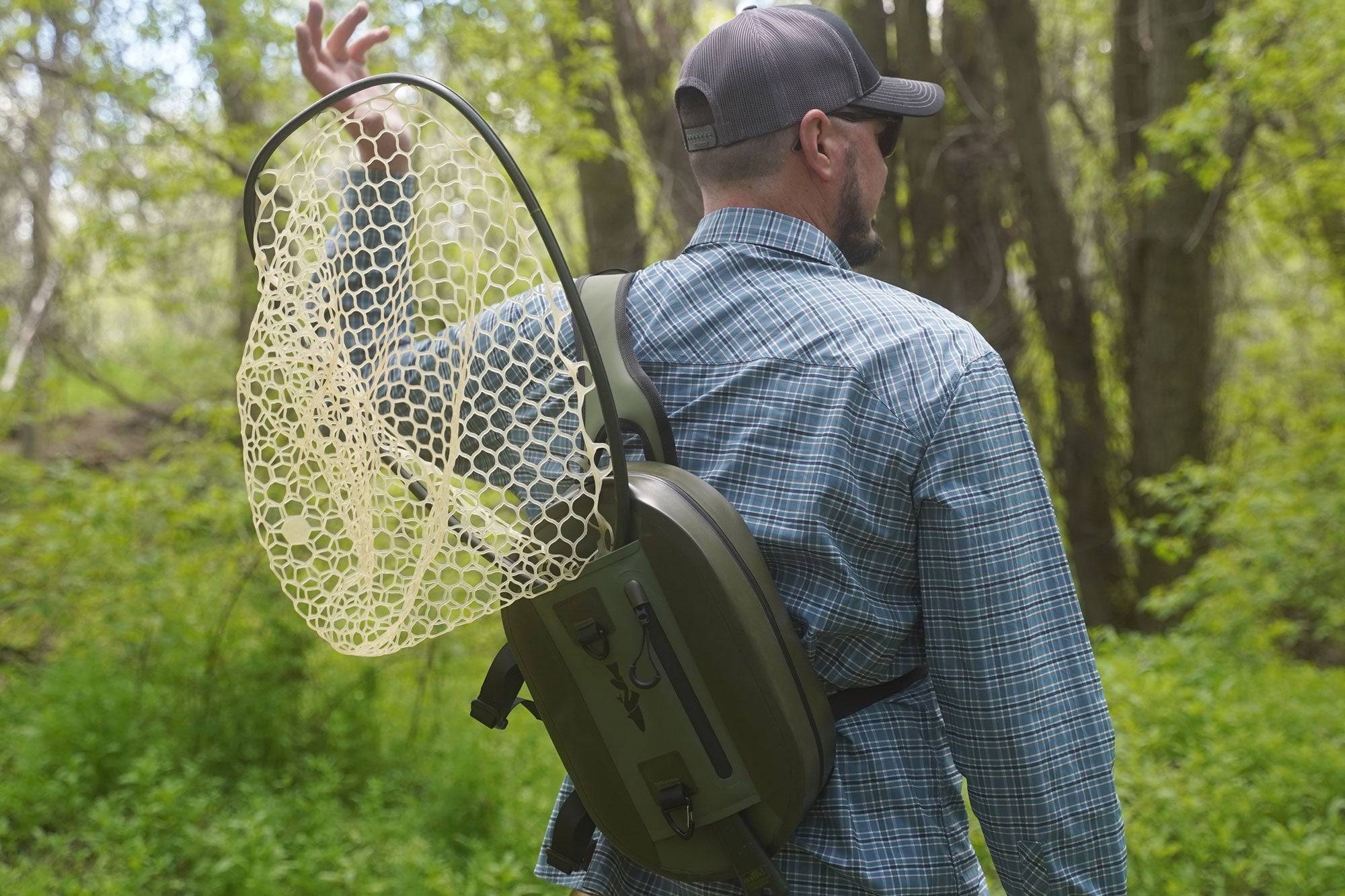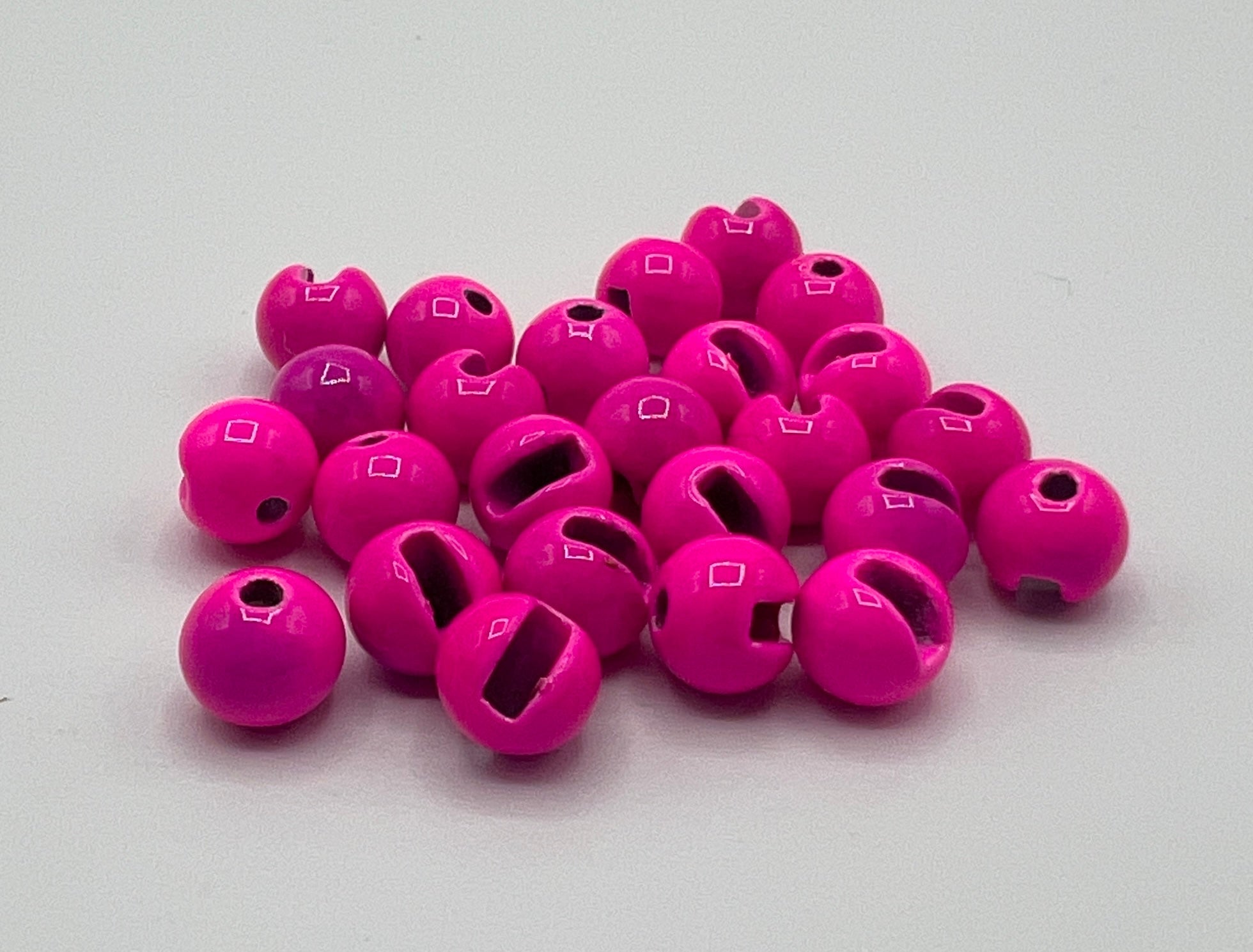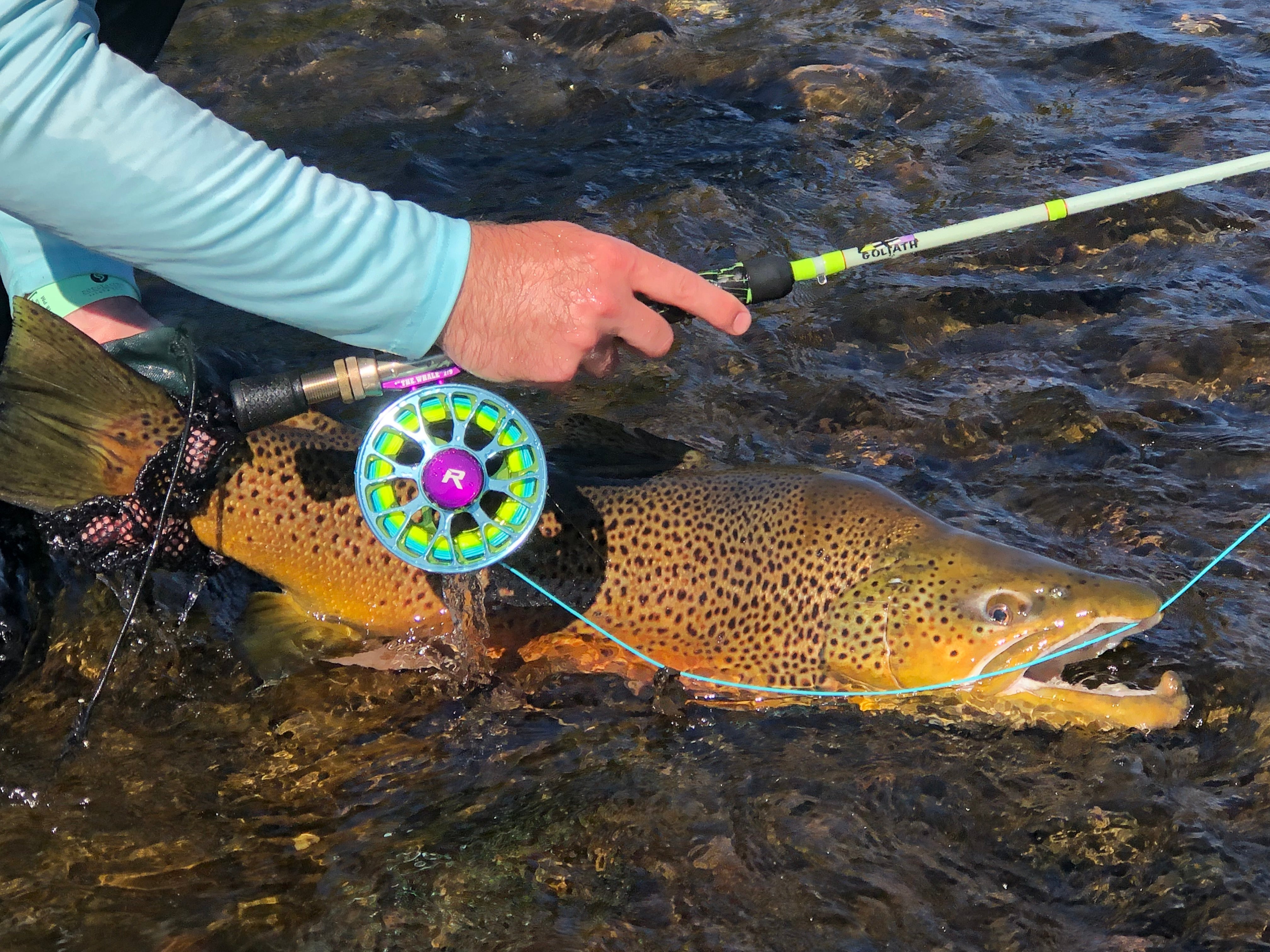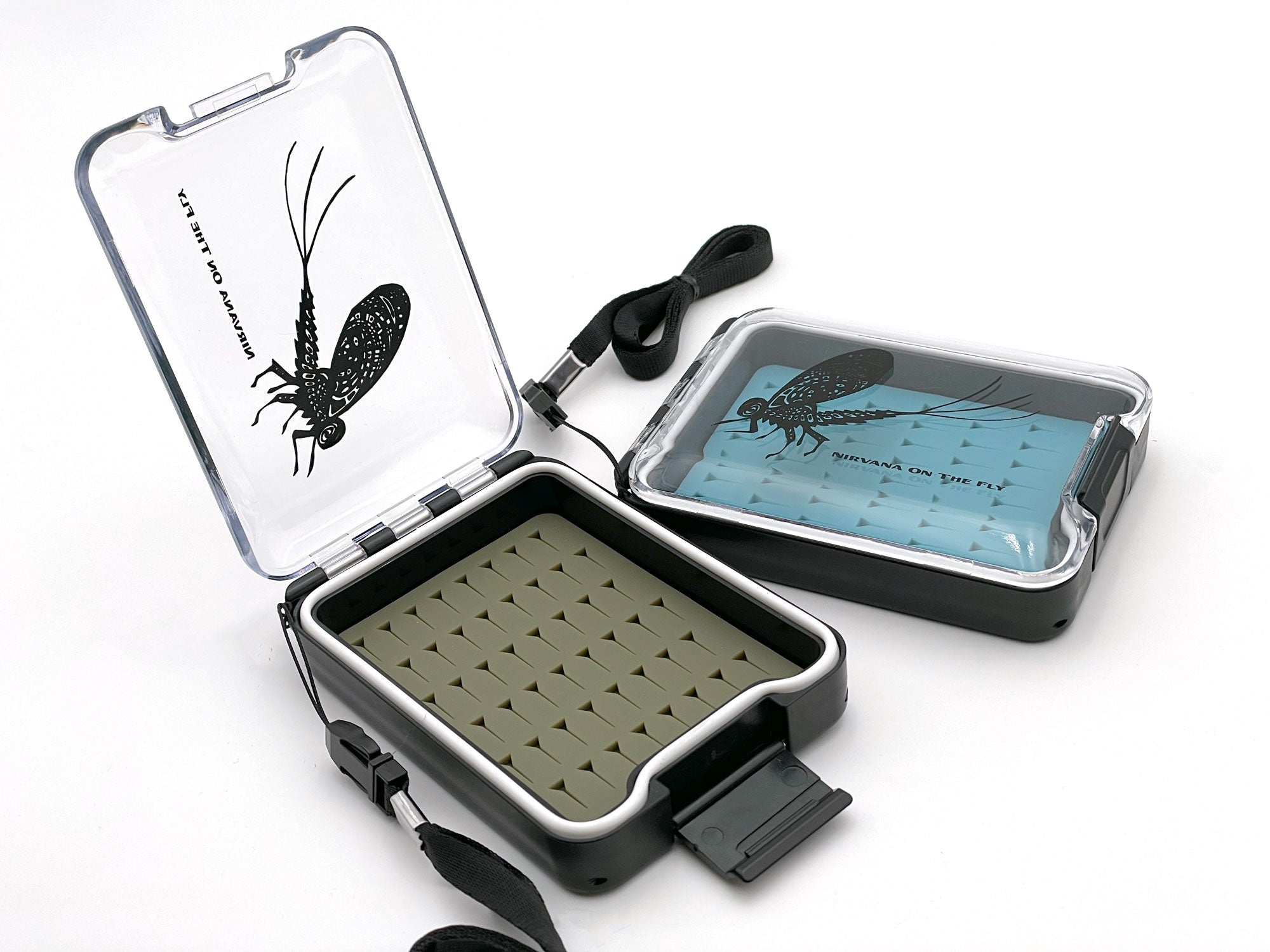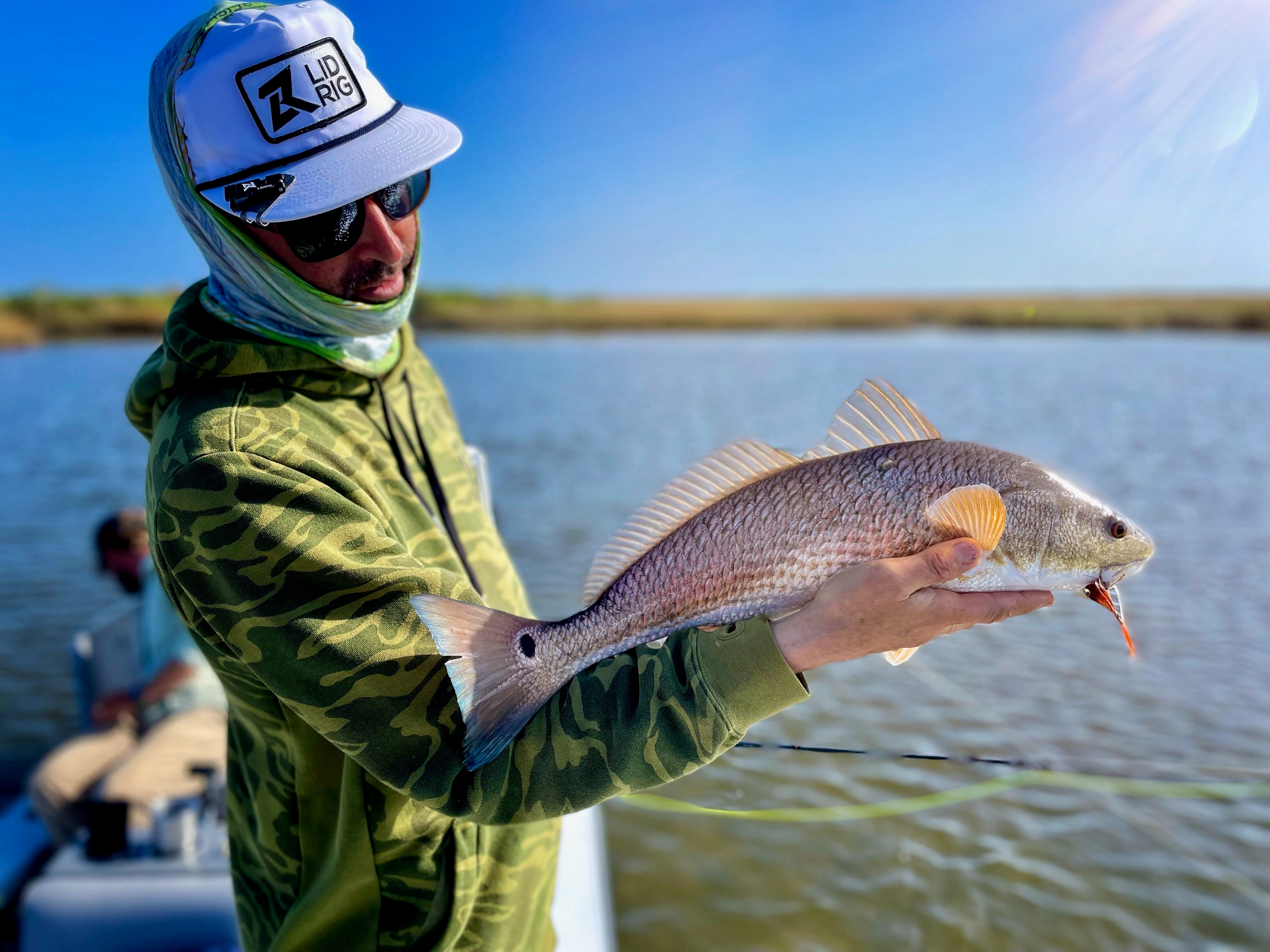Let’s elevate your fly fishing experience by covering the basics of fly fishing from a gear perspective. When we are done here you will be ready to dress, have all the gear needed and learn a bit of fly fishing technique that will take you on an amazing lifetime journey.
One item to keep in mind is that it’s fishing. A ton of equipment really isn’t required but like anything we often like to dive in get all the latest and greatest gear and expect our experience to be great. I will warn that at the beginning having some of the basics and going at fly fishing from the simplicity side can make things significantly easier.
Beyond the equipment, I’ll explain several basic techniques to get you started and on the right path to becoming more engaged and well-rounded in the activity of fly fishing. The well-roundedness allows you to explore several different avenues that will hopefully enable you to make more educated decisions down the road.
Choosing the Right Equipment
Fly Rods
Modern fly rods are designed using advanced composite materials like graphite, which offer high strength-to-weight ratios. The modulus of graphite in rods can range from 33 million psi to 65 million psi, with higher numbers indicating stiffer, more responsive rods. Rod action (slow, medium, fast) affects casting distance and accuracy. A medium-action rod is a great all-rounder, offering flexibility for beginners and precision for seasoned anglers. There are a thousand and one articles that are going to tell you that you need to feel the rod and do this and do that. Ignore that scenario. Honestly, you need to purchase a good quality beginner rod that is going to allow you to learn how to cast and fit several different types of fly fishing scenarios. My suggestion is a high-quality beginner rod by Orvis. These rods come in a package with a rod, reel, and line that is ready to fish. It is made by one of the most reputable companies in the industry, Orvis, and is a fantastic all-around size. The Orvis Clearwater Fly Rod Outfit is one of the best bang-for-the-buck beginner setups on the market and you can’t go wrong. Size-wise, it is right where you need it and can be used for a multitude of species, water types, and styles of fly fishing.
Reels and Lines
Reel drag systems are considered crucial for controlling fish. Disc drag systems provide smoother, more consistent resistance compared to click-and-pawl systems which are difficult for beginner anglers. Line weight is matched to rod weight; for example, a 5-weight line is optimal for a 5-weight rod and reel. The line weight helps weight and bend the rod and assist you in casting. Again numerous articles will get into all the details and tell you about balancing the rod and reel, overlining rods and so much more. The fact of the matter is that most beginner anglers have no idea what they prefer. Additionally, all of these advisements are typically the preferences of the writer and not the angler. The key to the importance of getting a beginner setup is to get one that will perform in many situations that will allow an angler to learn and make decisions if they decide to progress and try others. However, if they don’t will they have a rod and reel that is suitable for them and the many different types of fly fishing scenarios they may try? That is where a good beginner outfit like the Orvis Clearwater Outfit is a leader in it’s category.
Leaders and Tippet
Now we have a fly rod, reel, and line selected and are ready to start fly fishing. We need a few items to get us started before we attach a fly and head out into the world of angling. First up you need a leader. A standard 7 foot 5x leader made of monofilament is a perfect start. Instead of always replacing your leader after it has had a dozen flies tied on and cut off anglers use tippet. Tippet is a small spool of fly line that can be tied onto the end of a leader to extend its life. It is like putting another 2-3 feet of extra line on to make the leader long enough again. I recommend picking up the following a 3x and a 5 x tippet spool to start. With this in hand, you just need a few tools of the trade to make everything ready for any beginner to attach a fly and start fishing.
Fly Fishing Tools of the Trade
I’ll make a quick list for you so you don’t have to worry about all the details. These are all highly recommended by me because I’ve used them and they are all accepted by anglers as good solid choices. Are there alternatives, yes. Will all of these work, not be cheap and wear out, fail, or break the bank, yes. I’m going to suggest sticking with one brand that is well-known and again widely accepted by fly fishing enthusiasts as a quality choice for tools. Loon is respected as a top manufacturer and again I’ll point out the tools and availability at Trident Fly Fishing which is a common and trusted company I have used as an online buyer. The additional tools will be pointed out by the same online company and I will select quality brands with reasonable pricing and highlight the effectiveness of each.
Hemostates - Hemostates or forceps are critical in getting flies out of a fish’s mouth or tying knots. These are good tools and will last a lifetime if they are not lost. That said, the design with the hooked handle has been one that has helped with the losing scenario that I’ve had in the past. Quick Draw Forceps
Nippers - Nippers are like proficient nail clippers. Fly fishing nippers are made to be used more easily and to cut closer with a flat-faced cutting edge. There are often other tools integrated like knot assistants, eye hole pins, etc.c This nipper has the basics and is inexpensive. Made by the same company, Loon, these nippers are sturdy and have an additional tool to aid in tying a common knot called a nail knot and the eye hole poke tool. Rogue Nippers
Tippet Holder - A tippet holder helps you keep your tippet spools easily accessible and organized. As anglers become more involved it is common to add additional tippet spools. The Loon Rougue Tippet Spool is an excellent choice.
Floatants - Floatants are used on flies. Adding these silicon-based gels and powders keeps your fly riding high on the water by making them hydrophobic and keeping them dry. In fly fishing, we use two different kinds, a gel-based and a powder-based floatant. The former is used on a fly that is dry and the latter is used on a fly that has absorbed some water. Both are required to be successful. The good thing is they are cheap and neither require a lot so they last a relatively long time when not overused. Gel floatant: Loon Aquel Powder floatant: Loon Blue Ribbon
Split Shot - Split shot is a simple form of weight. These little weights can be applied to your line to aid in increasing speed to depth with your flies. It sounds like a little thing but lack of depth is often the largest mistake anglers make. Again I’m going to focus on the same brand and start you off with a good split shot set. This set has a unique canister that will help you select and choose weight without wasting and or losing the little buggers. Better yet, you can refill the set with off-brands when you are done but this initial canister can last you a lifetime. Lastly, they are tin and not led. Some waterways no longer allow lead so tin is the new way to go. Loon Tin Drops Split Shot 8 Division
Strike Indicators - “Indicators” are bobbers and although fly anglers pride themselves in not calling them bobbers, that’s what the dang things are. Let’s not overthink it. Here is an “indicator” style that is effective and well-liked. One you can apply it quickly, two you can adjust it. Having a few sizes helps but most often all you need is a small one, however, beginner anglers often like having a slightly larger size as it is easier to see. Get two multicolor packets. Oros Strike Indicators - Small - Orange/Pink/White - 3 Pack and Oros Strike Indicators - Large - Orange/Pink/White - 3 Pack
Fly Box - Fly boxes come in every shape, size, and color. Over time anglers find what they prefer. In the case of beginners, I prefer one style that will hold all of your flies. This simplicity helps in making selections and staying on target. The next three items that are preferred are silicon inserts that hold your flies firmly and don’t wear out, a see-through cover for quick identification and waterproof closures to keep things dry. Medium-Sized Umpqua UPG Silicone Waterproof Essential Fly Box.Flies
Fly Patterns
The design of flies is formulated by entomology. Dry flies mimic adult aquatic insects (like mayflies, with a lifecycle of 12 months, and caddisflies, with a lifecycle of 1 year) and are made with buoyant materials like deer hair and feathers. Nymphs replicate the underwater stage of these insects, often weighted to sink. Streamers imitate baitfish with materials like marabou feathers that create lifelike movement in water.
Critical to flies is understanding the eating behavior of fish. Roughly 90 percent of the time fish eat underwater insects and baitfish. That last 10 percent is what most think of when they think of fly fishing and is referred to as dry fly fishing. Yes, this is what you saw in “A River Runs Through It.” The majestic casting and laying out of flies into a perfect drift and tricking a fish.
That is known, then you can make an educated choice on flies for the beginner angler setup. What you want are the basic patterns that are going to mimic the insects around you. “What a minute…there has to be thousands of kinds of insects!” Well, there are many kinds and even more flies to mimic them, however, the good news is that a few patterns will mimic most and are a fantastic setup to be successful.
The Fly Crate is a company that produces flies and has a wonderful solution for fly packs. This basic fly assortment is going to give you flies that are basic in nature and will work anywhere. I highly recommend starting with this simple assortment and learning to fish with them. The trick is identification and I have a formula for that. Use this article to master the fly selection formula OSSCP and this pack will give you all the patterns you need to be successful. 36 Fly Summer Trout Assortment
Fly Fishing Clothing Gear
The gear aspect of clothing is relatively complex for fly fishing. You need a few extra pieces to prepare you for all the interaction with water and various tools of the trade. As a beginner angler, the list is actually short but as you progress and experiment with countless locations, weather conditions, etc. the various layers of clothing can take on significantly more importance. In this case, let's cover the basics and get you out on the water catching fish. Fly fishing clothing is offered by many manufacturers and I’ve had experience with the lot of them. In this beginner scenario case, I’m going to recommend starting with a brand that is extremely well respected and has various ancillary objectives and or support tools to get beginner anglers off on the right foot. Patagonia consistently works with anglers on conservation and is an excellent choice for quality equipment with a top-of-the-line warranty. You can rest assured that your investment will have some level of impact on the conservation or preservation of the outdoors.
Story: Interestingly, several years ago Patagonia dedicated every dollar of revenue they made on Black Friday to preservation. At the time this was a record-setting $10 million dollars
Waders - Waders keep you dry. For many anglers, they start in cold water streams chasing trout. Standing in 50-degree water can pull heat from your body extremely quickly. Fly fishing waders are designed to be breathable in the legs with neoprene footies to keep you dry and warm. In summer conditions anglers often cut down to wet wading in shorts with neoprene socks but a pair of waders extends your season to year-round. I’ve used all kinds of waders and for a beginner angler, an excellent selection is Patagonia Swiftcurrent Packable Waders. They are pants only as compared to many waders that are bib style. The pant-only versions are easier to store and comfortable to wear. The price is significantly better as well.
Want to learn about proper layering and suggestions there, then this is a fantastic article.
Fly Fishing Vest - Fly fishing vests were originally popularized because of their simplicity and ease of use. I’ve recently fallen back in love with them after trying nearly every bag, pack, etc. on the market. In my personal opinion, there is no perfect bag. They all seem to have a shortfall. I hadn’t used a vest in so many years that I forgot how user-friendly they are. A basic vest works but a slightly higher quality hear can help make starting a much better experience. I’m recommending a combination setup that will allow an angler to combine a vest with a pack that is usable in every situation and can be a multi-use bag for other activities. The Patagonia Convertable Fly Fishing Vest can be used alone or combined with the Patagonia Guidewater Backpack 29L which is a completely submersible backpack that can be used to protect anything critical to keeping dry.
Rain Jacket - Rain jackets can make a day and any rain jacket can do the job if you have one. There are a few key elements to keep in mind when using one for fly fishing. Number one is having a muted color. This is ideal when sneaking up on fish. Next is wrist gaiters. When fly fishing your hands are often in the water and a good quality fly fishing-specific rain jacket will have wrist gaiters that keep water from rolling down into the sleeve and allowing your arms to get wet and cold. The Patagonia Swiftcurrent Wading Jacket is an excellent choice. It is the jacket I use and I like how it is extremely smooth. Smooth means there is nothing on it for your line to hang up on, like extra zippers, etc. Additionally, it is 4 layers of breathable material that keep you dry in any condition.
Hat - Hats are a preference thing but there are a few little things to look for that are nice to have. A dark under-brim can help keep the sun off your eyes. The style of the hat being mesh or solid material or a heavier material can make a difference. Choose the material and structure that will fit in with the type of weather that will be fishing in. More than one is certainly an option ;-)
Patagonia Hats
Boots - Boots are a pet peeve to me and I don’t agree with the formula that Patagonia has in compared to what I am going to recommend. The higher-end boots at Patagonia are heavy and rigid. I prefer a lighter boot that is more agile on uneven terrain and has a better sole system. I’m highly recommending that you get a pair of Korkers Boots that will allow you to meet the aforementioned needs. Specifically, they have a patented system for exchangeable soles. This is critical for fishing in various water types, and weather conditions. Having the ability to replace a studded boot sole with a rubber sole is critical when you want to wear boots in a boat. When traveling this can be a headache without the option. The Greenback Boots are the least expensive version and are a fantastic boot. Excellent for beginners and elite anglers.
Sunglasses - One of the most important pieces of equipment is sunglasses. This is an item where spending can make a difference. The good news is that with good care, sunglasses can not only be an effective piece of gear helping you catch more fish but they can last a long time. Bajio is a brand that has come on strong recently in the sunglasses market. The company originated from several employees from Costa Del Mar another well respected sunglasses brand. They have made several changes and offer excellent glasses. A pair of these is a great choice.
Here is an additional article on Sunglasses.
With this set of fly fishing gear, you are good from bottom to top and ready to practice technique so let’s move on to the next article to get you set as a beginner.
Download the Fly Fishing for Beginners eBook

By Christian Bacasa
Host of the Fly Fishing Insider Podcast
www.ffipodcast.com
@flyfishinginsiderpodcast
@dupeafish



